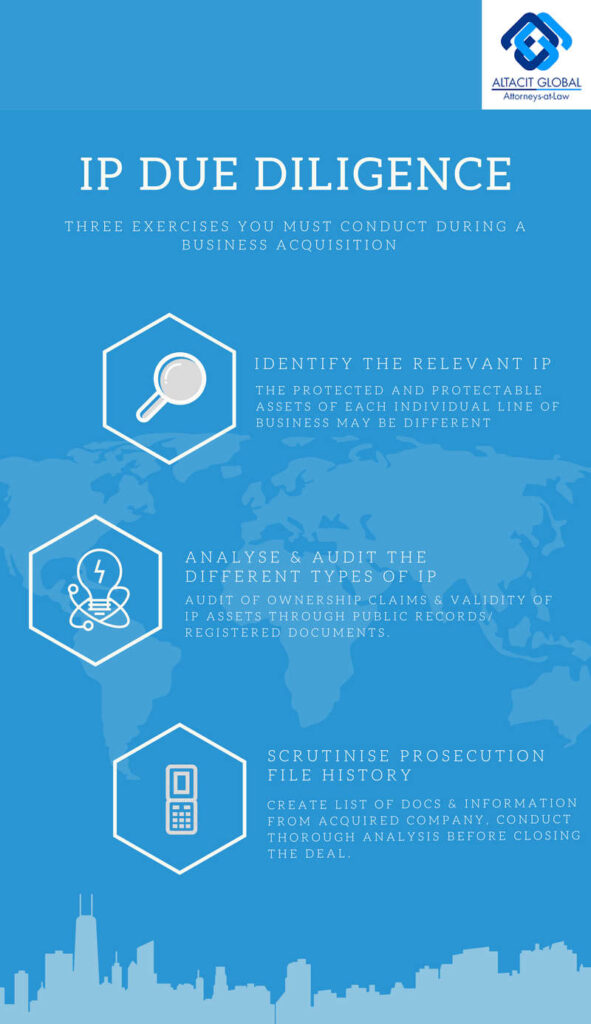
While, as a startup, IP plays a key role in safeguarding your ideas and prototypes, once your company achieves scale, IP continues to play a vital role, not just in protecting your knowledge assets, but also in establishing patent ownership when entering into mergers or acquisitions. Think Facebook, Google, Microsoft, Infosys, Tesla Motors. Each of these companies thrives in a knowledge economy, where its value lies not in its physical assets but in the quantity and quality of its trademarks, patents and licences.
In such a scenario, when such companies enter into an acquisition, how can they avoid IP-related issues and ensure a smooth transition? Of course, an ideal solution would be to have a well-maintained IP portfolio. Despite that, when the acquisition is of a single unit of a larger business, or the IP has changed multiple hands, it becomes of paramount importance for the acquirer to conduct a thorough due diligence of all IP records.
A classic example of an IP conflict would be the 1998 Volkswagen acquisition of Rolls Royce and Bentley. Volkswagen spent US $790 million on the acquisition, just to realise at the end of the transaction that it had acquired the factory, facilities and rights to manufacture and sell Rolls Royce & Bentley, and not ownership of the brand names. The brand name, which was owned by Rolls Royce Plc, was instead transferred to its rival, BMW, which, five years post the acquisition deal, won exclusive rights to the Rolls Royce brand name, and also the rights to manufacture its vehicles.
While this is just one example, there are several examples out there of companies which have paid dearly for failure to analyse IP records thoroughly before closing the deal.
3 Steps to IP Due Diligence

To shed more light on how IP due diligence can be carried out, at Altacit Global we share with you these three steps you can adopt to ensure your acquisition is IP conflict-free.
Identify the Relevant IP
While patents, trademarks and brand names generally form a majority of the IP rights for most businesses, individually, the protected and protectable assets of each individual line of business may be different. For example, if you take a retail or an ecommerce brand, its key IP will be its brand name or backend technology. Whereas, for a software giant like Infosys, its key IP may lie in its technical expertise, process, design and innovation. Hence, as a first step, it’s crucial to analyse the relevant IP of the business you are looking to acquire.
Analyse & Audit The Different Types of IP
Once you’ve identified the relevant IP for the business, the next step is to analyse and conduct a thorough audit of ownership claims and validity of the IP assets through public records and registered documents. For example, you need to analyse whether the filing is up to date, whether there is a clear record of transfer or ownership if any, where the right of use or control lay, any encumbrances it may have faced during the period of filing and more.
Scrutinise Prosecution File History
A person makes narrowing amendments, to the application by-giving up a right or claim during the prosecution, to accommodate the application under law vide, is precluded from later reclaiming the subject matterceded by the amendments, this is called Prosecution history estoppel. Prosecution history estoppels have an impact on the scope of right granted making it more crucial to analyse public records as much as it is to draw out a list of documents and information it seeks from the acquired company, to conduct a thorough analysis on the scope of claims before valuing the IP and closing the deal.




